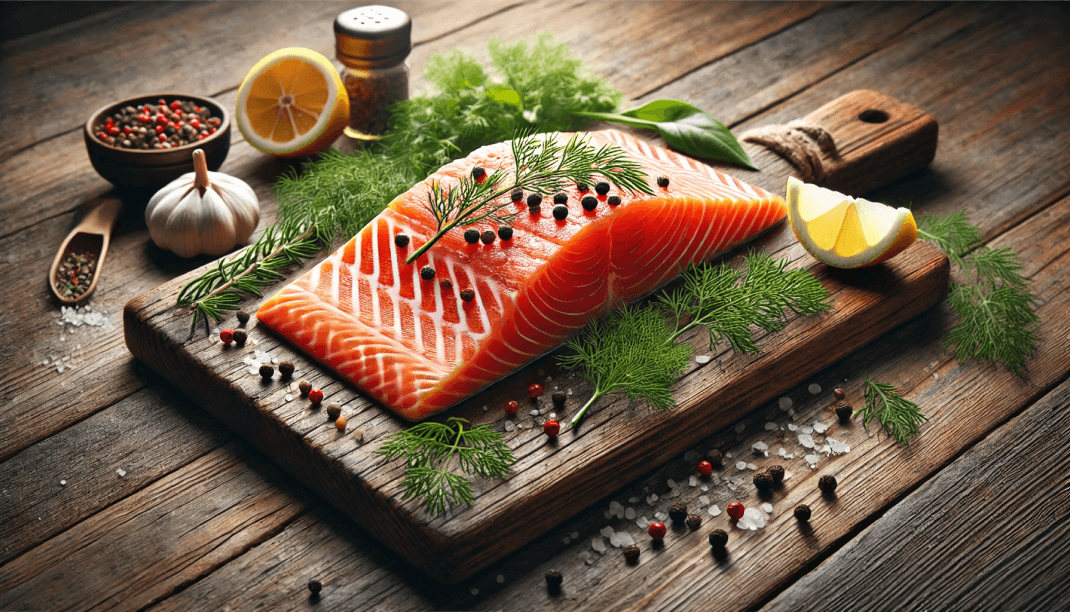Pouring a glass of wine to go with dinner doesn’t require much work. Making a lusciously hearty stew or a delicate cream sauce with wine, however, takes some attention and maybe a little practice. To help, here are a few pointers on incorporating wine into your next delectable dish. If you are interested to know more about , Kindly check on the link. singmenu.net
First, there are a few ground rules when cooking with wine. The most important is to choose a wine you already like. If the taste is too dry or you simply don’t like dark reds, its flavor in the dish could very well be a turn-off from the whole thing. Put simply, if you wouldn’t drink it, don’t cook with it.
Another notable tip is to opt for quality wine. While it’s easy to add a few bottles of “cooking wine” to the cart, you’ll be happier with the finished product by opting for an inexpensive but drinkable quality. A final rule is to only use wine that has been properly stored. Wine can go bad and when it does, it has a vinegar taste which won’t fit with the recipe. Be sure to use fresh wine for the dish and to refrigerate any leftovers.
Generally, there are three main uses for wine in cooking. It can be a flavoring agent, an ingredient for a marinade or used as a cooking liquid. Whichever method, the goal is to accent, intensify and enhance the existing flavors and aromas of the other ingredients – not to mask them. This means a small amount is usually all that’s required, or you risk overpowering the dish.
It’s also important to time it right, as the wine should be added sooner rather than later. As wine is cooked, the alcohol evaporates and leaves behind a concentrated flavor, along with acidity or sweetness, depending on the type. When it’s added just before serving, it can be harsh and won’t work its magic of reducing and imparting its flavor. Along those same lines is waiting at least 10 minutes before tasting. That way, it’s had enough time to incorporate, and you can give it a taste test.
Which wine goes best with what? Typically, white wines are used for lighter meals and seafood, while reds are in meaty or hearty dishes. Due to its acidity and structure, white wine is often the go-to for dressings, cream sauces and in marinading seafood. It’s also great for deglazing pan sauces while sautéing fish, pork or even mushrooms. Reds are great for deglazing as well, but more ideal for seared lamb, duck or beef. They’re also preferred for tomato sauces and in slow-cooking stews.
Of course, there aren’t any hard rules, so feel free to experiment. When just starting out, opt for the more versatile types, such as merlot for red and pinot grigio for white. These are simpler than some of the other varieties and may be easier to pair with the meal. For further pointers on cooking with wine, please see the accompanying resource created by experts on commercial kitchen equipment.




